Role Mathematician | Name George Polya Doctoral advisor Lipot Fejer | |
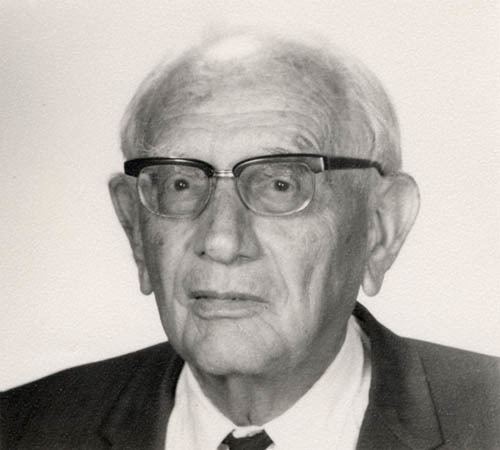 | ||
Institutions ETH ZurichStanford University Alma mater Eotvos Lorand University Doctoral students Albert EdreiHans EinsteinFritz GassmannAlbert PflugerWalter SaxerJames J. Stoker Spouse Stella Vera Weber (m. 1918) Education Eotvos Lorand University (1912) Books How to Solve It, Mathematics and plausible, The Stanford mathemat, The random walks of, Mathematical Methods in Science | ||
Parents Jakab Polya, Anna Deutsch Similar Gábor Szegő, G H Hardy, John Edensor Littlewood | ||
Problem solving with george polya
George Pólya (/ˈpoʊl.jə/; Hungarian: Pólya György, pronounced [ˈpoːjɒ ˈɟørɟ]; December 13, 1887 – September 7, 1985) was a Hungarian mathematician. He was a professor of mathematics from 1914 to 1940 at ETH Zürich and from 1940 to 1953 at Stanford University. He made fundamental contributions to combinatorics, number theory, numerical analysis and probability theory. He is also noted for his work in heuristics and mathematics education.
Contents
George polya
Life and works
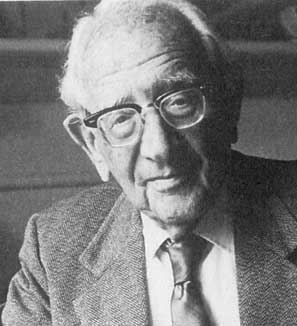
He was born as Pólya György in Budapest, Austria-Hungary to Anna Deutsch and Jakab Pólya, Roman Catholics who converted from Judaism in 1886. Although his parents were religious and he was baptized into the Roman Catholic Church, George Pólya grew up to be an agnostic. He was a professor of mathematics from 1914 to 1940 at ETH Zürich in Switzerland and from 1940 to 1953 at Stanford University. He remained Stanford Professor Emeritus for the rest of his life and career. He worked on a range of mathematical topics, including series, number theory, mathematical analysis, geometry, algebra, combinatorics, and probability.
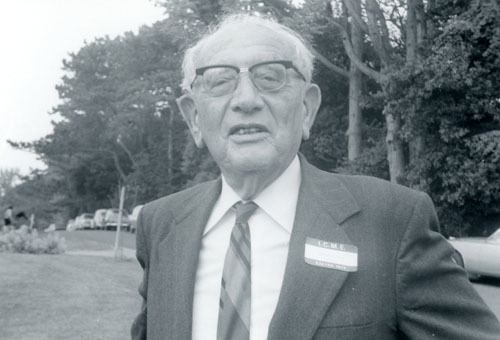
He died in Palo Alto, California, USA.
Heuristics
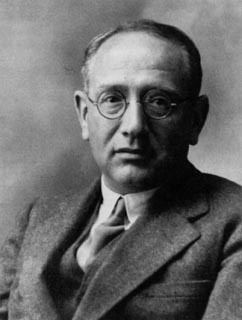
Early in his career, Pólya wrote with Gábor Szegő two influential problem books Problems and Theorems in Analysis (I: Series, Integral Calculus, Theory of Functions and II: Theory of Functions. Zeros. Polynomials. Determinants. Number Theory. Geometry). Later in his career, he spent considerable effort to identify systematic methods of problem-solving to further discovery and invention in mathematics for students, teachers, and researchers. He wrote five books on the subject: How to Solve It, Mathematics and Plausible Reasoning (Volume I: Induction and Analogy in Mathematics, and Volume II: Patterns of Plausible Inference), and Mathematical Discovery: On Understanding, Learning, and Teaching Problem Solving (volumes 1 and 2).
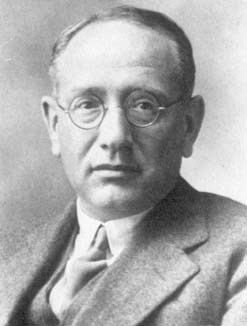
In How to Solve It, Pólya provides general heuristics for solving a gamut of problems, including both mathematical and non-mathematical problems. The book includes advice for teaching students of mathematics and a mini-encyclopedia of heuristic terms. It was translated into several languages and has sold over a million copies. Russian physicist Zhores I. Alfyorov (Nobel laureate in 2000) praised it, noting that he was a fan. The American mathematician, Terry Tao, used the book to prepare for the International Mathematical Olympiad. The book is still used in mathematical education. Douglas Lenat's Automated Mathematician and Eurisko artificial intelligence programs were inspired by Pólya's work.
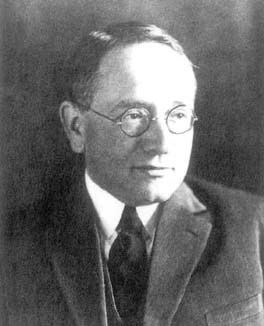
In addition to his works directly addressing problem solving, Pólya wrote another short book called Mathematical Methods in Science, based on a 1963 work supported by the National Science Foundation, edited by Leon Bowden, and published by the Mathematical Association of America (MAA) in 1977. As Pólya notes in the preface, Professor Bowden carefully followed a tape recording of a course Pólya gave several times at Stanford in order to put the book together. Pólya notes in the preface "that the following pages will be useful, yet they should not be regarded as a finished expression."
Legacy
There are three prizes (whose names are confused with one another) named after Pólya. In 1969 the Society for Industrial and Applied Mathematics (SIAM) established the George Pólya Prize, given alternately in two categories for "a notable application of combinatorial theory" and for "a notable contribution in another area of interest to George Pólya." In 1976 the Mathematical Association of America (MAA) established the George Pólya Award "for articles of expository excellence" published in the College Mathematics Journal. In 1987 the London Mathematical Society (LMS) established the Pólya Prize for "outstanding creativity in, imaginative exposition of, or distinguished contribution to, mathematics within the United Kingdom."
A mathematics center has been named in Pólya's honor at the University of Idaho in Moscow, Idaho. The mathematics center focuses mainly on tutoring students in the subjects of algebra and calculus.
Books
- Reihen. 1975, 4th edn., ISBN 3-540-04874-X.
- Funktionentheorie, Nullstellen, Polynome, Determinanten, Zahlentheorie. 1975, 4th edn., ISBN 3-540-05456-1.
- Induktion und Analogie in der Mathematik, 3rd edn., ISBN 3-7643-1986-0 (Wissenschaft und Kultur; 14).
- Typen und Strukturen plausibler Folgerung, 2nd edn., ISBN 3-7643-0715-3 (Wissenschaft und Kultur; 15).
